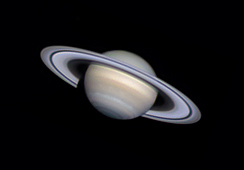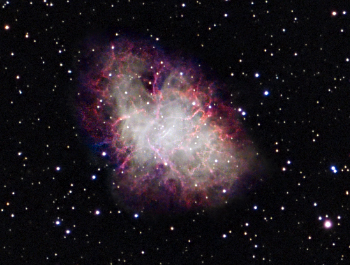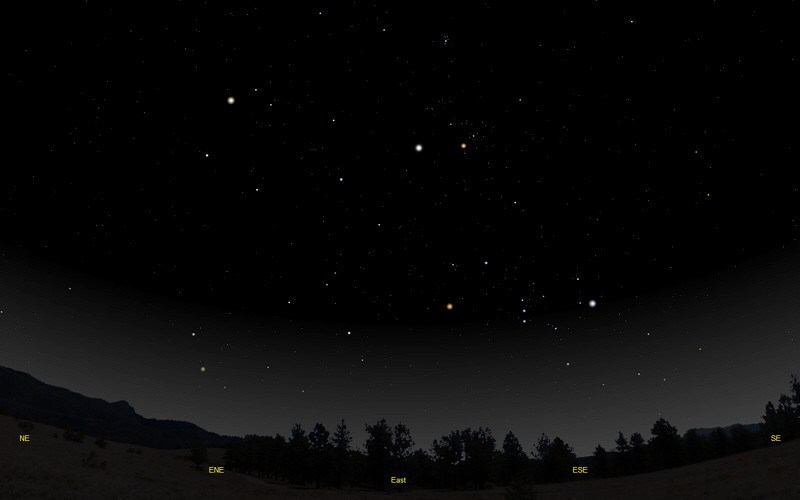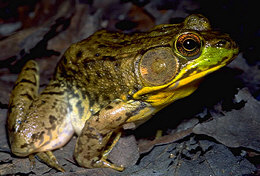The purpose of this feature is to give scout leaders, educators and naturalists an idea of some of the natural events coming up each month. We will try to cover a variety of natural events ranging from sky events to calling periods of amphibians, bird and mammal watching tips, prominent wildflowers and anything else that comes to mind. We will also note prominent constellations appearing over the eastern horizon at mid-evening each month for our area for those who would like to learn the constellations. If you have suggestions for other types of natural information you would like to see added to this calendar, let us know! Note: You can click on the hyperlinks to learn more about some of the featured items. To return to the Calendar, hit the "back" button on your browser, NOT the "back" button on the web page. All charts are available in a "printer friendly" mode, with black stars on a white background. Left clicking on each chart will take you to a printable black and white image. Please note that images on these pages are meant to be displayed at 100%. If your browser zooms into a higher magnification than that, the images may lose quality. Though we link book references to nationwide sources, we encourage you to support your local book store whenever possible. Sky Events for November 2012: Evening Sky: Jupiter dominates the night sky during November. Now in Taurus, look for it low in the east in the early evening, to the left of the red giant Aldebaran. It will be the brightest star-like object in the eastern sky. To get the best telescopic views, wait until the planet has climbed high above the horizon. Binoculars, if held steady, will show the four Galilean moons when they are not transiting the planet or being eclipsed. Mars appears about 13 degrees above the southwest horizon 45 minutes after sunset on November 1st. Morning Sky: The Leonid Meteor Shower peaks in the early morning hours of November 17th. This shower has occasional outbursts. We saw a spectacular Leonid shower in 1998, with many bright fireballs leaving trails behind them. Brilliant Venus rises around 3:28am CST on November 5th, and by dawn has climbed fairly high in the eastern sky.
Saturn rises about 4:50am on November 15th and can be seen about 12 degrees below Venus in the dawn sky. Saturn's rings have opened up to about a 18 degree tilt. Watch for Saturn and Venus to approach each other towards the end of the month. The two planets will be only about 0.8 of a degree apart in the dawn sky on November 26th. Also on the 26th, look for Mercury below and to the left of Saturn and Venus. A good time to see the grouping is about 45 minutes before sunrise. All times noted in the Sky Events are for Franklin, Tennessee and are Central Daylight Time before Sunday, November 4th. After that dates times are given as Central Standard Time. Constellations: The views below show the sky looking east at 9:30pm CST on November 15th. The first view shows the sky with the constellations outlined and names depicted. Star and planet names are in green. Constellation names are in blue. The second view shows the same scene without labels. Bright Jupiter shines to the left of Aldebaran, the red giant marking one eye of Taurus the Bull. The Crab Nebula, a supernova remnant, is near the tip of the bull's lower horn. Click the image at right for a binocular and telescope finder chart and more about the nebula. The Pleiades, a beautiful open star cluster, is now well up in the sky. The entire cluster is wreathed in faint nebulosity. The nebulosity surrounding the bright stars of the Pleiades shines by reflected light. Dust illuminated by the stars in the cluster reflects predominantly blue light. Normally, the only part of the nebulosity visible in small telescopes is the purple-tinted area below Merope, and even then a very dark sky is required to see it. Auriga, the Charioteer, with its bright star Capella is prominent in the northeast. Look for the bright stars Castor and Pollux as the constellation Gemini, The Twins, clears the horizon. In the southeast, mighty Orion clears the horizon with its bright stars Betelgeuse and Rigel. Note the difference in color between the two stars. Betelgeuse is a red giant and looks orange. Rigel is very hot supergiant and looks bluish. Looking at the center of the three "sword" stars with binoculars, you can see M42, the Orion Nebula. Just poking its head above the horizon is Lepus, The Hare.
On Learning the Constellations: We advise learning a few constellations each month, and then following them through the seasons. Once you associate a particular constellation coming over the eastern horizon at a certain time of year, you may start thinking about it like an old friend, looking forward to its arrival each season. The stars in the evening scene above, for instance, will always be in the same place relative to the horizon at the same time and date each November. Of course, the planets do move slowly through the constellations, but with practice you will learn to identify them from their appearance. In particular, learn the brightest stars for they will guide you to the fainter stars. Once you can locate the more prominent constellations, you can "branch out" to other constellations around them. It may take you a little while to get a sense of scale, to translate what you see on the computer screen or what you see on the page of a book to what you see in the sky. Look for patterns, like the stars that make up Orion. The earth's rotation causes the constellations to
appear to move across the sky just as the sun and the moon appear to do.
If you go outside earlier than the time shown on the charts, the constellations
will be lower to the eastern horizon. If you observe later, they will
have climbed higher. As each season progresses, the earth's motion around the sun causes the constellations to appear a little farther towards the west each night for any given time of night. If you want to see where the constellations in the above figures will be on December 15th at 9:30pm CST, you can stay up till 11:30pm CST on November 15th and get a preview. The westward motion of the constellations is equivalent to two hours per month.
Recommended: Sky & Telescope's Pocket Star Atlas is beautiful, compact star atlas. It is destined to become a classic, and is a joy to use at the telescope. A good book to learn the constellations is Patterns in the Sky, by Hewitt-White. You may also want to check out at H. A. Rey's classic, The Stars, A New Way to See Them. For skywatching tips, an inexpensive good guide is Secrets of Stargazing, by Becky Ramotowski. A good general reference book on astronomy is the Peterson
Field Guide,
A Field Guide to the Stars and Planets, by Pasachoff. The book retails for around $14.00. Starry Night has several software programs for learning the night sky. Visit the Starry Night web site at www.starrynight.com for details. The Virtual Moon Atlas is a terrific way to learn the surface features of the Moon. And it's free software. You can download the Virtual Moon Atlas here. Cartes du Ciel (described in the monthly notes above) is a great program for finding your way around the sky. It is also free, and can be downloaded here.
Amphibians:
We think of November as the quietest time of year for Tennessee frogs and toads. However, some song can still occasionally be heard. Listen for Spring Peepers, Upland Chorus Frogs and Southern Leopard Frogs. Checking around ponds at night with a flashlight held next to your temple will many times show the eye shine of Southern Leopard Frogs, Green Frogs and Bullfrogs. As in October, you can locate many of the frogs and toads that have been calling more frequently earlier in the year by driving the back roads slowly on rainy nights. This is a two person job. One person watches the road for amphibians and one person looks out for other vehicles. Recommended: The Frogs and Toads of North America, Lang Elliott, Houghton Mifflin Co.
Birds: You probably have already put out your bird feeders, but if you haven't you'll be missing out on a lot of good looks at winter feeder birds. This is a great time of year to start learning bird identification. Watch and listen for fall arrivals like White-throated and White-crowned Sparrows, Yellow-bellied Sapsuckers, Red-breasted Nuthatches and Brown Creepers. Listen for Great Horned Owls dueting at dusk and dawn and sometimes through the night during their courtship period. Recommended: The Sibley Guide to Birds, David Allen Sibley The Sibley Guide to Birds of Eastern North America, David Allen Sibley A Field Guide to the Birds of Eastern and Central North America, 5th edition. 2002. Roger Tory Peterson and Virginia Marie Peterson. An inexpensive guide for beginners is the Peterson First Guide to Birds of North America.
Archives (Remember to use the back button on your browser, NOT the back button on the web page!) Natural Calendar September 2012 Natural Calendar February 2012 Natural Calendar December 2011 Natural Calendar November 2011 Natural Calendar September 2011 Natural Calendar February 2011 Natural Calendar December 2010 Natural Calendar November 2010 Natural Calendar September 2010 Natural Calendar February 2010 Natural Calendar December 2009 Natural Calendar November 2009 Natural Calendar September 2009 Natural Calendar February 2009 Natural Calendar December 2008 Natural Calendar November 2008 Natural Calendar September 2008 Natural Calendar February 2008 Natural Calendar December 2007 Natural Calendar November 2007 Natural Calendar September 2007 Natural Calendar February 2007 Natural Calendar December 2006 Natural Calendar November 2006 Natural Calendar September 2006 Natural Calendar February 2006
Natural Calendar
December 2005
Natural Calendar
November 2005
Natural Calendar
September 2005
Natural Calendar
February 2005
Natural Calendar
December 2004
Natural Calendar
November 2004
Natural Calendar
September 2004
Natural Calendar
February 2004
Natural Calendar
December 2003
Natural Calendar
November 2003
Natural Calendar
September 2003 Natural Calendar February 2003 Natural Calendar December 2002 Natural Calendar November 2002 Nature Notes Archives: Nature Notes was a page we published in 2001 and 2002 containing our observations about everything from the northern lights display of November 2001 to frog and salamander egg masses. Night scenes prepared with The Sky Professional from Software Bisque All images and recordings © 2012 Leaps |
|||||||




